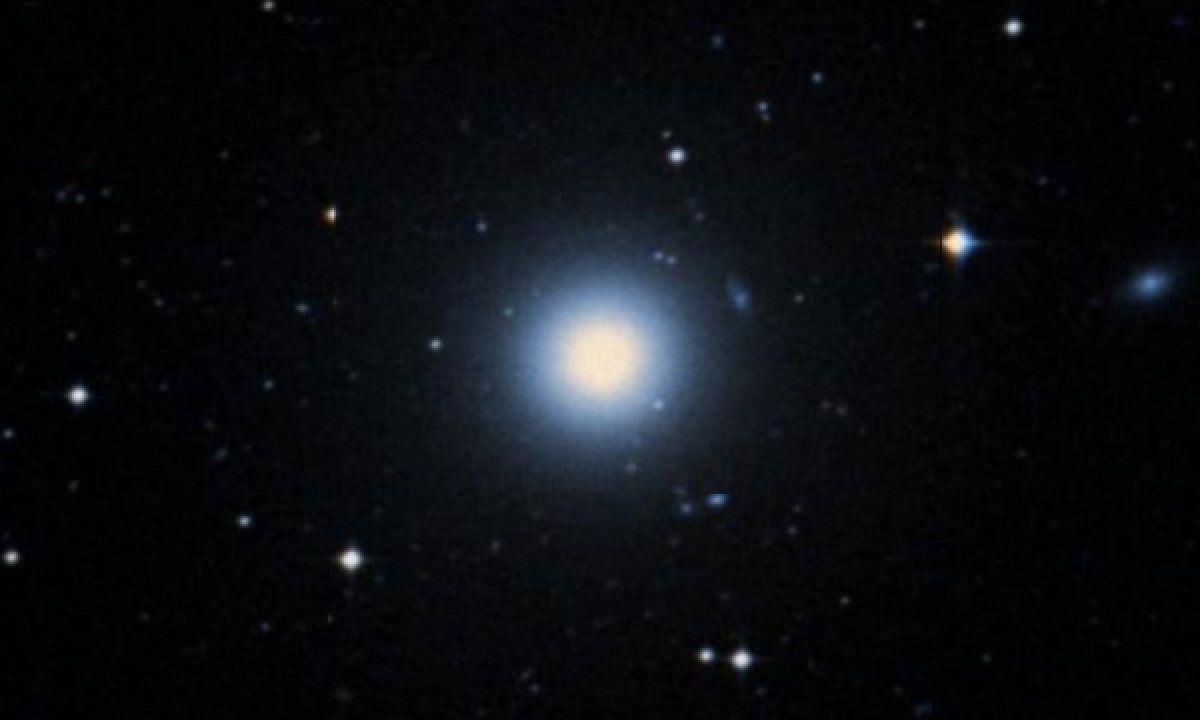The New General Catalogue of Nebulae and Clusters of Stars (abbreviated as NGC) is a catalogue of deep-sky objects compiled by John Louis Emil Dreyer in 1888. The NGC contains 7,840 objects, known as the NGC objects. It is one of the largest comprehensive catalogues, as it includes all types of deep space objects, including galaxies, star clusters, emission nebulae and absorption nebulae.
Know more about NGC
NGC 7507

NGC 7507 is an elliptical galaxy located in the constellation Sculptor. It was discovered by the German-British astronomer William Herschel on October 30, 1783. The galaxy lies at an estimated distance of 80.1 million light-years (24.55 Mpc) from the Milky Way, and has an angular size of 2.0′ × 1.9′ in the near infrared. It is receding with a heliocentric radial velocity of 1,590 km/s. The morphological classification of NGC 7507 is E0, indicating an elliptical galaxy with an almost perfectly circular profile. This massive galaxy is fairly isolated, although it forms a pair with the barred spiral galaxy NGC 7513. The latter lies at a projected angular separation of 18′. Apart from a central dust lane, NGC 7507 displays neither shells nor tidal features. The stellar halo has two components, with the outer and inner halos counter-rotating. It is unusual galaxy in that it displays a negligible dark matter profile, showing a constant mass to light ratio. This apparent lack of a dark matter component is difficult to explain in an LCDM cosmology. The globular cluster population around NGC 7507 is very small, being only a tenth the size of other comparable ellipticals. It more closely resembles the globular population of a spiral galaxy.
More Images:

Sources:
Wikipedia Page: NGC 7507
NGC 7507 at In-The-Sky website
